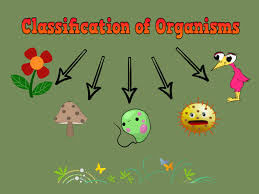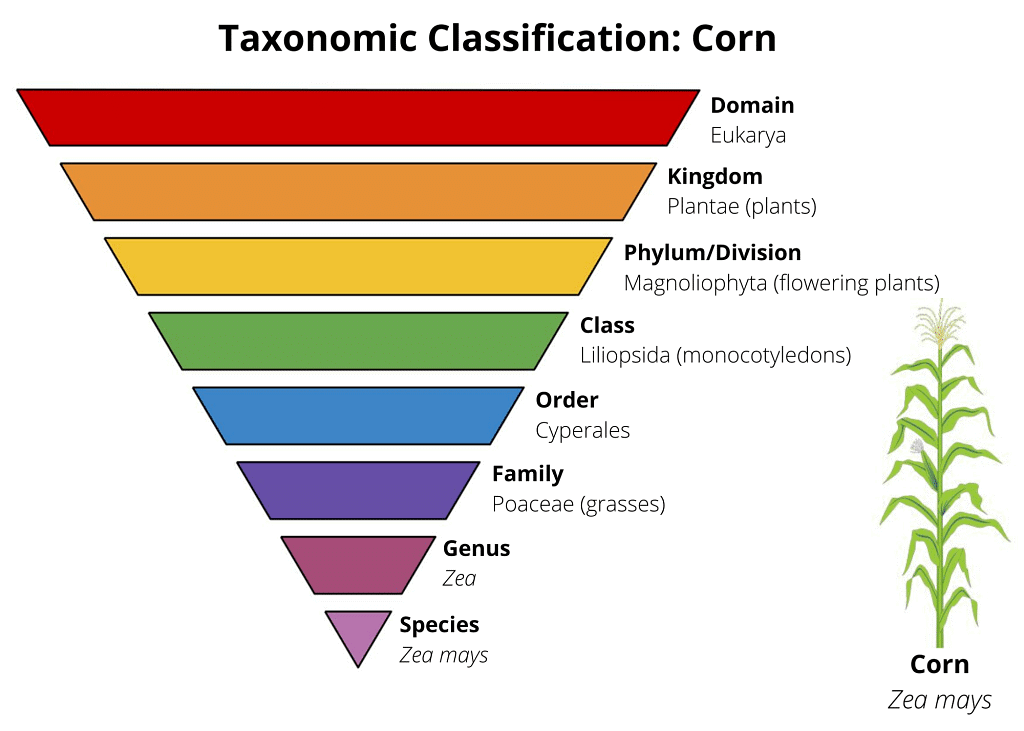Classifying organisms | Year 7 Biology (Cambridge) - Class 7 PDF Download
What Does It Mean to Classify Organisms?
Classifying organisms means grouping them based on their similarities. In biology, organisms are classified with others that they are most closely related to. These groups are organized into larger groups, forming a hierarchy that culminates in the three biological domains: Archaea, Bacteria, and Eukarya.
Why Do We Classify Organisms?
- Understanding Relationships: Classification helps scientists understand the relationships between different species. It organizes the diversity of life and makes it easier to study and understand.
- Scientific Communication: A universal system of classification allows scientists across the world to communicate more effectively about different species.
- Evolutionary History: Classifying organisms shows their shared evolutionary history, helping us understand how life on Earth has developed over time.

How Is Classification Done?
Modern biological classification, or taxonomy, is based on the work of Carl Linnaeus, an 18th-century scientist. He grouped organisms based on their physical features. The system he created is still used today, with some modern modifications.
- Species: The most similar organisms that can breed together and produce fertile offspring are classified as the same species. They are given a Latin species name.
- Example: All domestic dog breeds belong to the species Canis lupus familiaris.
- Genus: Closely related species are grouped into a genus.
- Example: The gray wolf, closely related to domestic dogs, is Canis lupus lupus. Here, "Canis" is the genus.
- Higher Taxonomic Categories: Linnaeus also created broader categories that include more diverse organisms.
Taxonomic Hierarchy
To remember the order of classification categories, you can use a mnemonic such as "Keep Ponds Clean Or Frogs Get Sick":
- Kingdom
- Phylum
- Class
- Order
- Family
- Genus
- Species

Modern Taxonomy
Recent scientific advancements, like DNA sequencing, have refined our understanding of relationships between species. This has led to revisions in Linnaeus's original groupings. For example, taxonomic trees or diagrams show the evolutionary relationships between organisms:
- Humans and Chimpanzees: These two species are more closely related to each other than to gorillas.
- Common Ancestors: Each split in the taxonomic tree represents a common ancestor, indicating how species have diverged over time.
Examples of Classification
- Domestic Dog and Gray Wolf: Both belong to the genus Canis, but different species—Canis lupus familiaris (dog) and Canis lupus lupus (gray wolf).
- Humans and Chimpanzees: Classified under the genus Homo and Pan, respectively, indicating close evolutionary relationships.
Importance of Taxonomy
Taxonomy is crucial for modern science because it:
- Helps discover new organisms.
- Understands changes in relationships between organisms.
- Continues to evolve with new scientific discoveries, ensuring our understanding of biodiversity is up-to-date.
|
7 videos|17 docs|4 tests
|















